One of the best ways to experience the Italian capital is to wander through its narrow streets and discover passages that reveal an ancient masterpiece, an enchanting corner, or one of the city’s thousand drinking fountains. These streets, paved with sampietrini—the emblematic Roman cobblestones that take their name from Piazza San Pietro, which was the first plaza to have them—offer a wide range of marvels to enjoy. These routes suggest one of the many ways to explore the area and are not meant to be rushed, but to be enjoyed while unveiling the city with attention and delight.
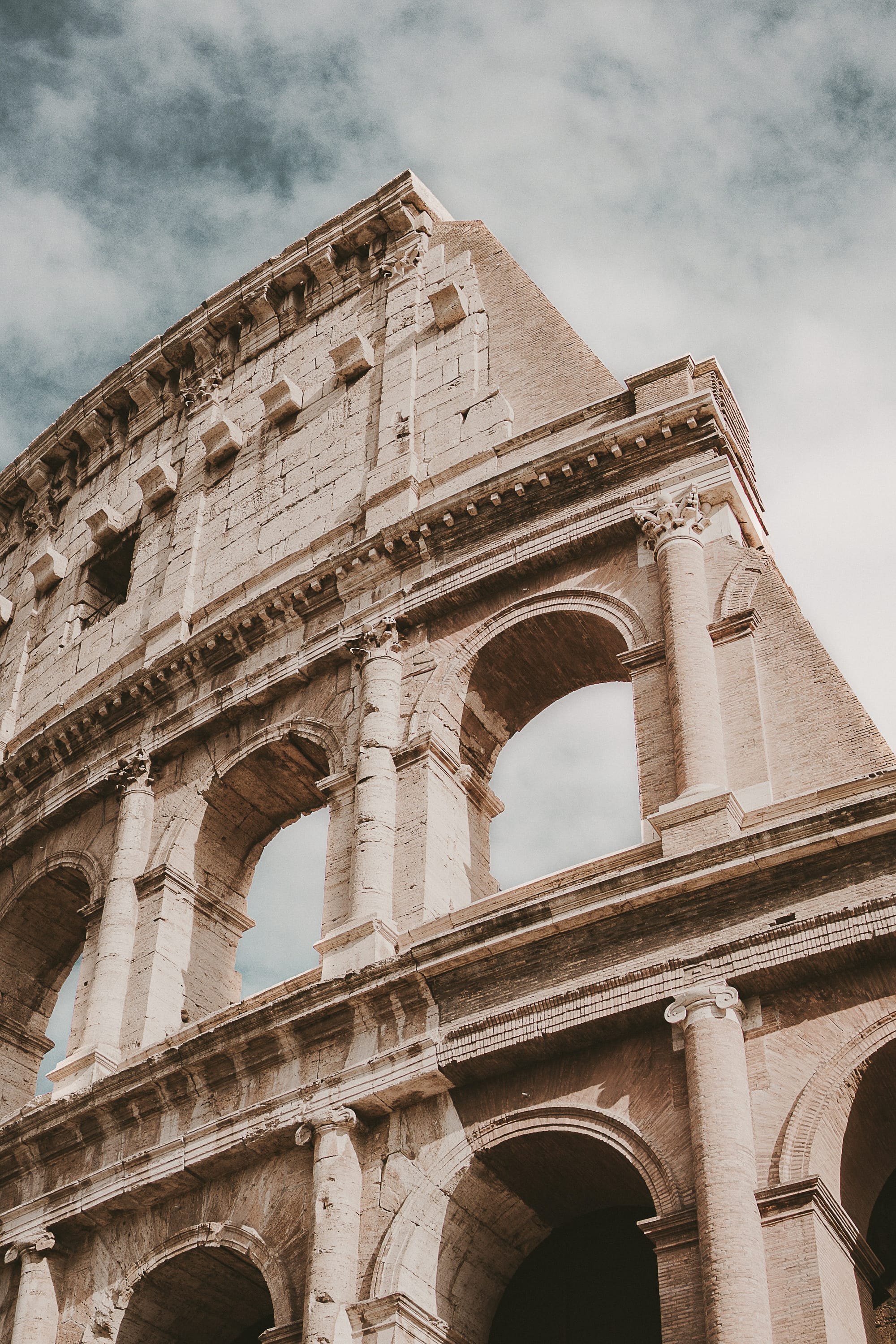
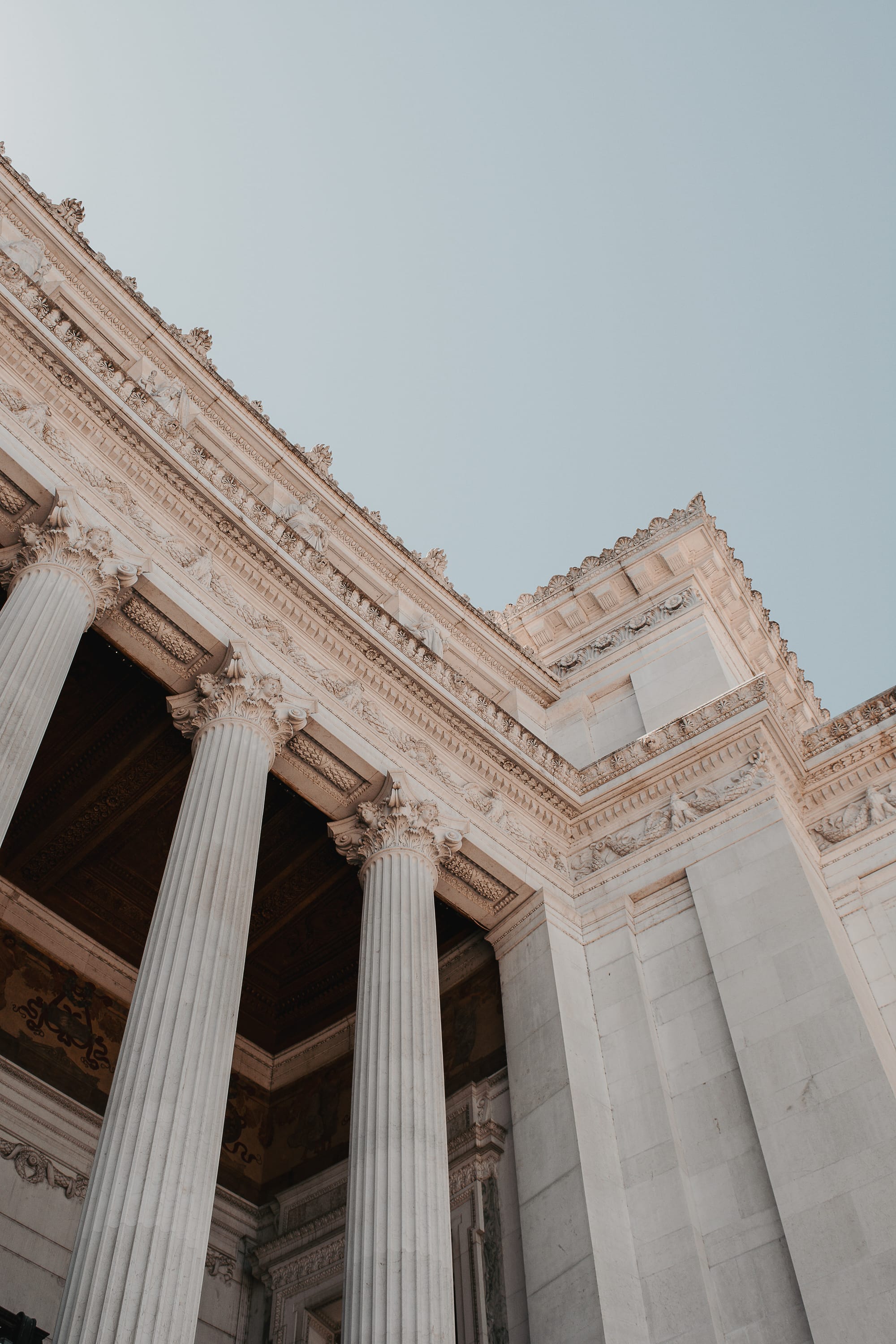
Scenes of Rome. Photo by Maëva Vigier and Agata Ciosek
Day 1 The route of water
Starting north, Porta del Popolo is one of the several welcoming gates of the Aurelian Walls that takes you into the city center. Go up to the Pincio terrace, where a beautiful panorama of the city overlooks the Piazza del Popolo, and then walk along the borders of Villa Borghese up to Trinità dei Monti. A few steps away, there’s the Palazzetto Zuccari with its unique monster-like doors. Walk down the steps to Piazza di Spagna and stroll along the beautiful little street of Via Margutta.
From there, the city center becomes walking bliss. Stop for a drink on the top terrace of La Rinascente and wander through the streets that take you to the acclaimed Fontana di Trevi. A few steps west, walk into the Galleria Alberto Sordi and later to Marc Aurelio’s Column. Make sure to stop at All’antico Vinaio for a fabulous schiacciata (a sort of panino made with traditional Tuscan flatbread), and enjoy it in the Piazza della Rotonda in front of the Pantheon. A few streets west, Piazza Navona is the perfect wrap-up for a first day in Rome, with its beautiful fountains, interesting little shops, and the essence of a buzzing Italian piazza.
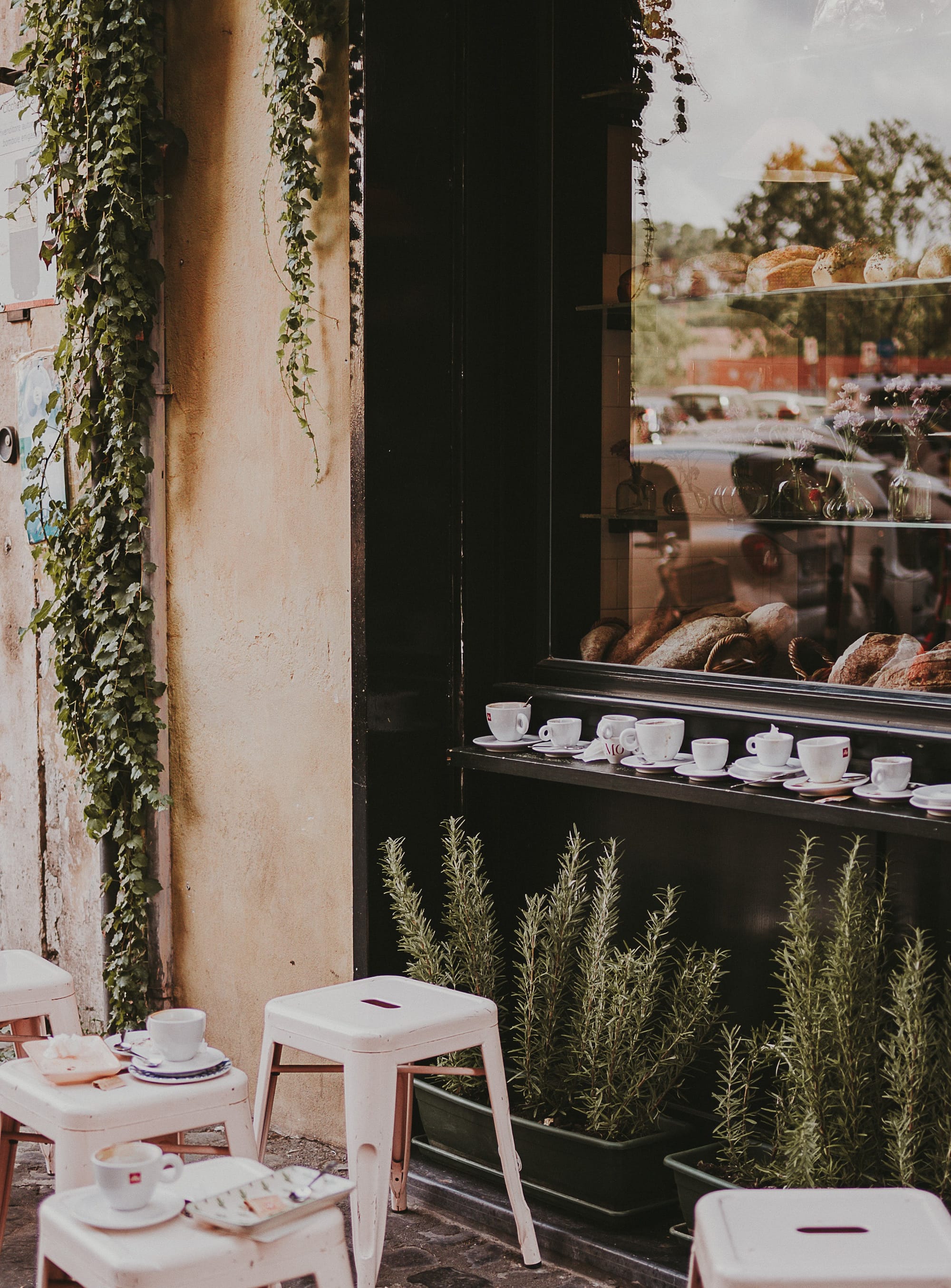
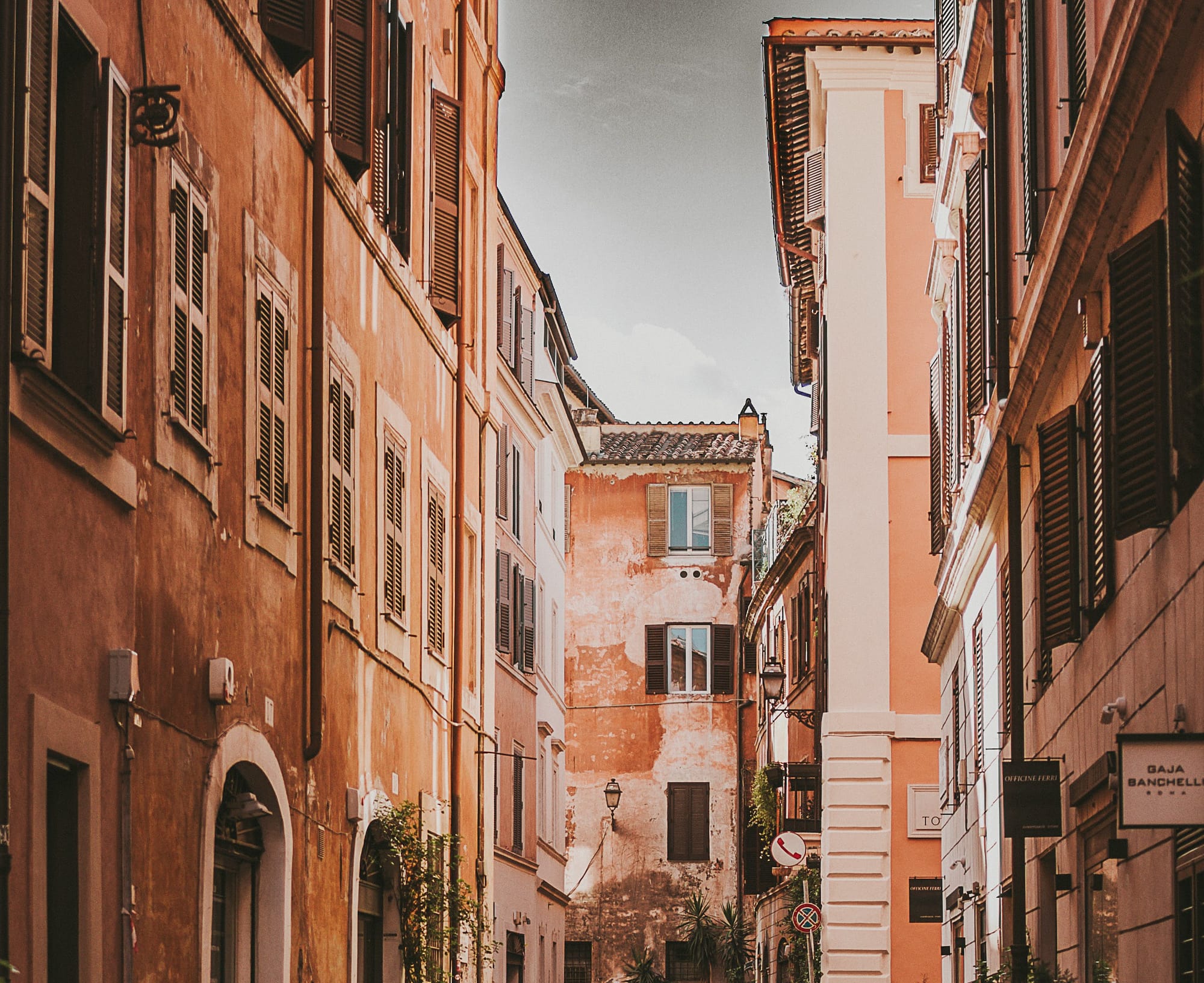
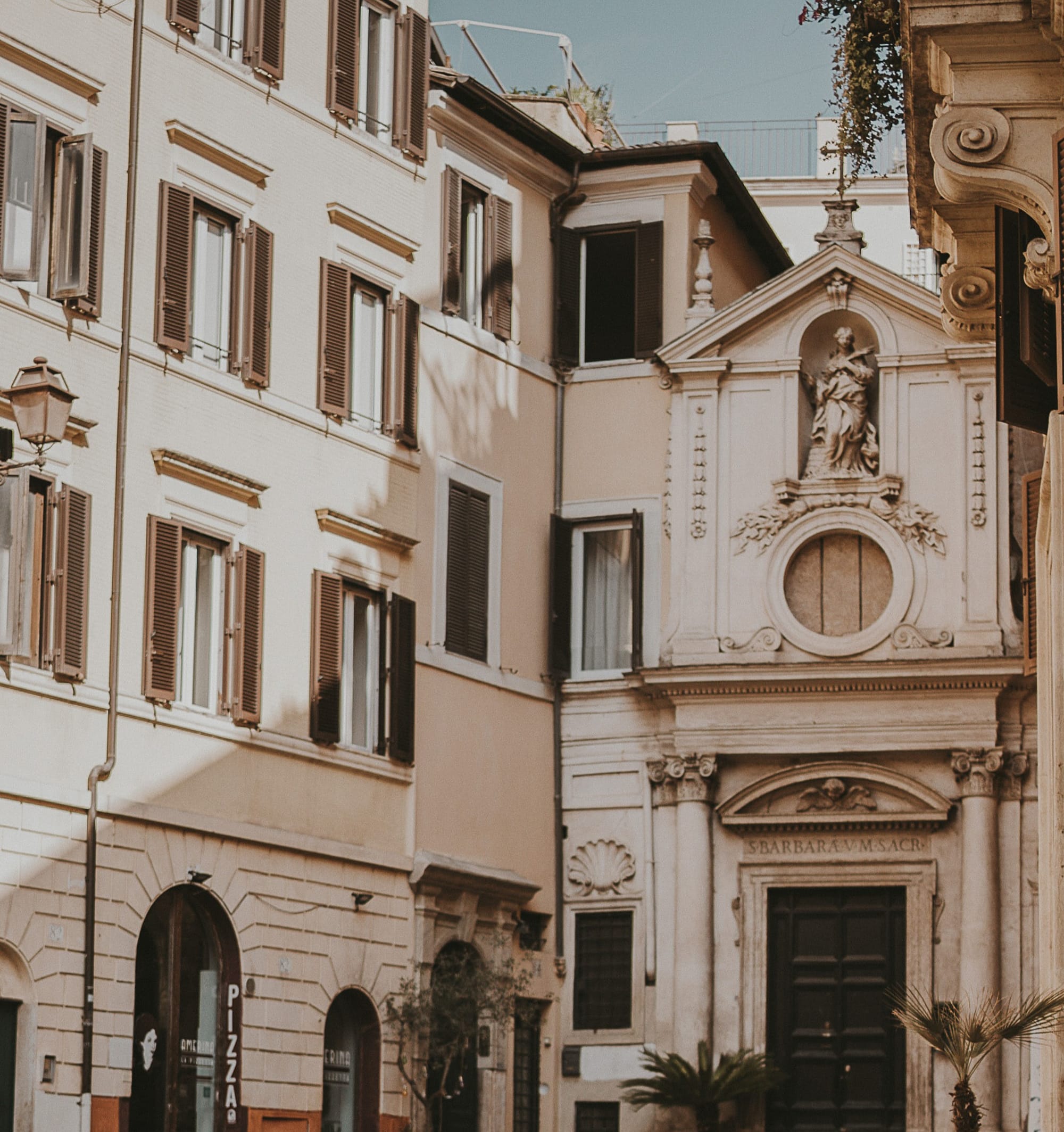
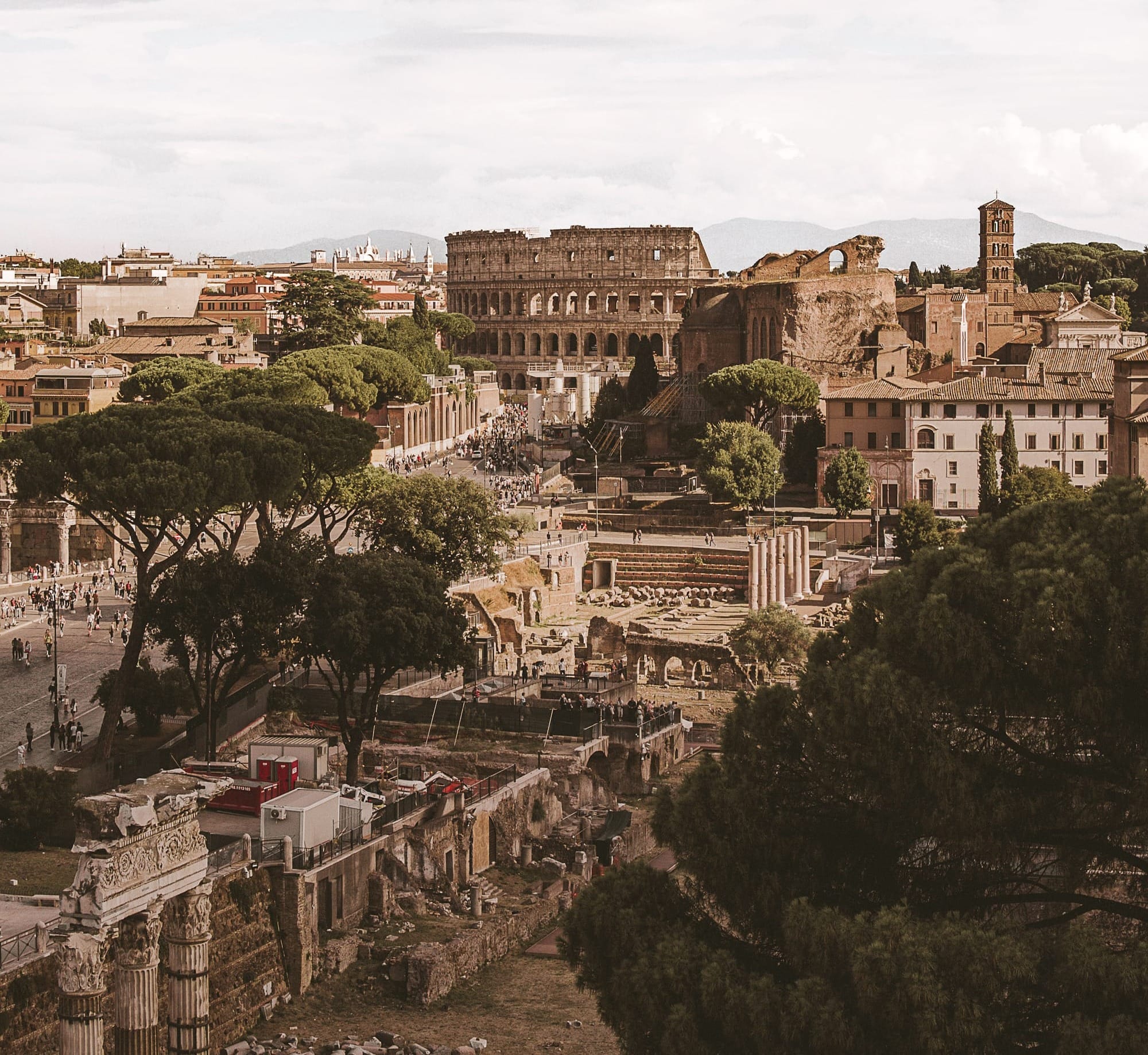
Day 2 The route of history
The starting point is Piazza Venezia, with a stunning view of Altare della Patria in front. To the right, go up the Cordonata Capitolina, a stairway that arrives at the Campidoglio, a piazza designed to give the illusion that it’s larger than it really is. Walk past the Lupa Capitolina—a bronze statue of the legendary founding of Rome—and down that path with a fantastic view of ancient times. A stroll along Via dei Fori Imperiali takes you through the main historical sites, with the Foro di Traiano on the left and the Foro Romano on the right.
Monti, a neighborhood nearby, is a great choice to make a stop. Look around the shops, enjoy a delicious gelato, or try pizza fritta at the tiny restaurant, Ce Stamo A Pensà. From there, reach the Colosseum and surround it to enjoy its different angles. Continue up to Circo Massimo, the first and largest stadium in ancient Rome. An uphill road leads to Giardino degli Aranci, the orange tree garden. First, go past it and walk until you reach the Piazza dei Cavalieri di Malta, and look for the keyhole—but don’t Google it; let yourself be surprised. From there, Bocca della Verità is a short stroll away and by the end of the day, it will surely be less crowded.
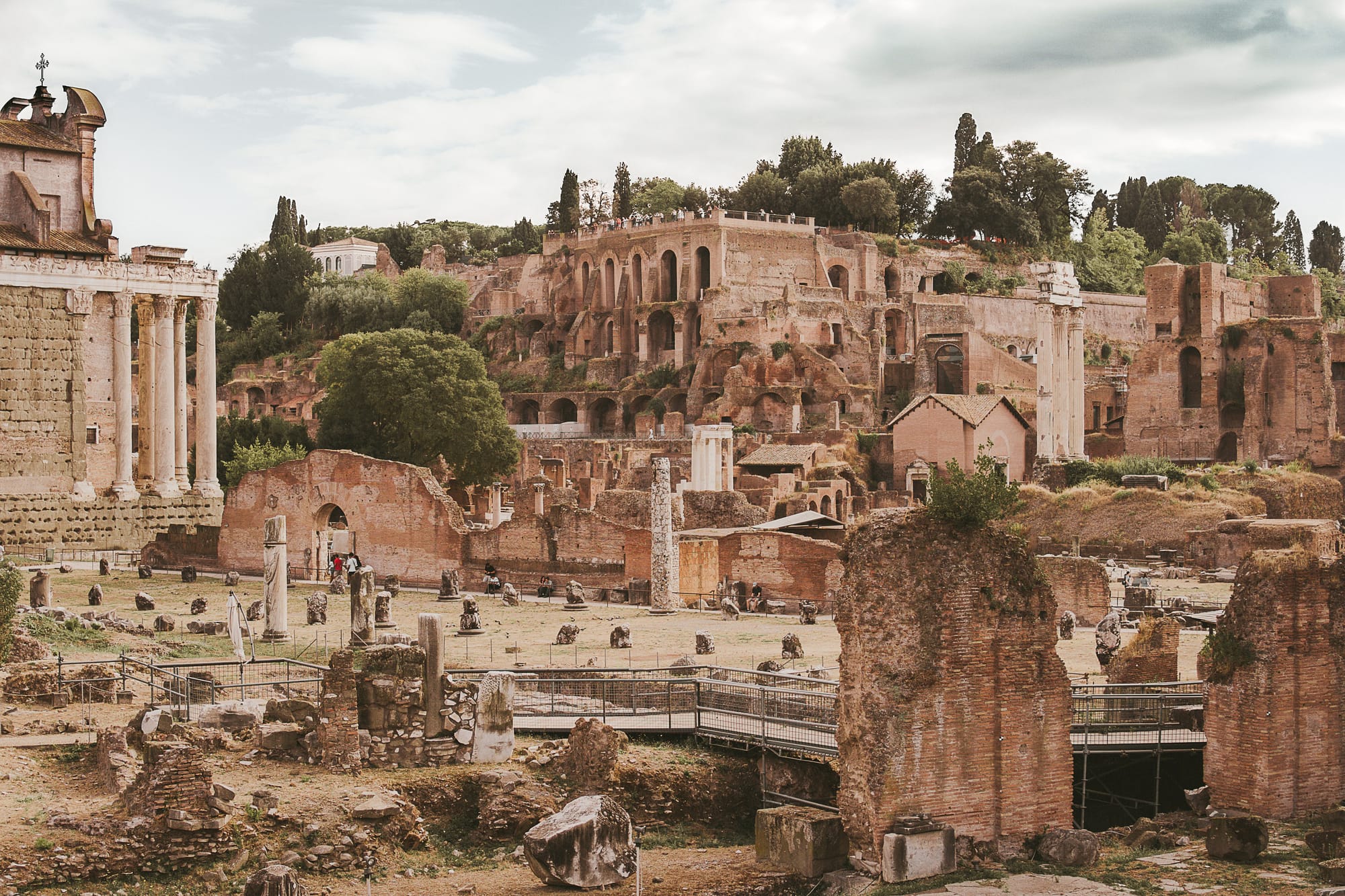
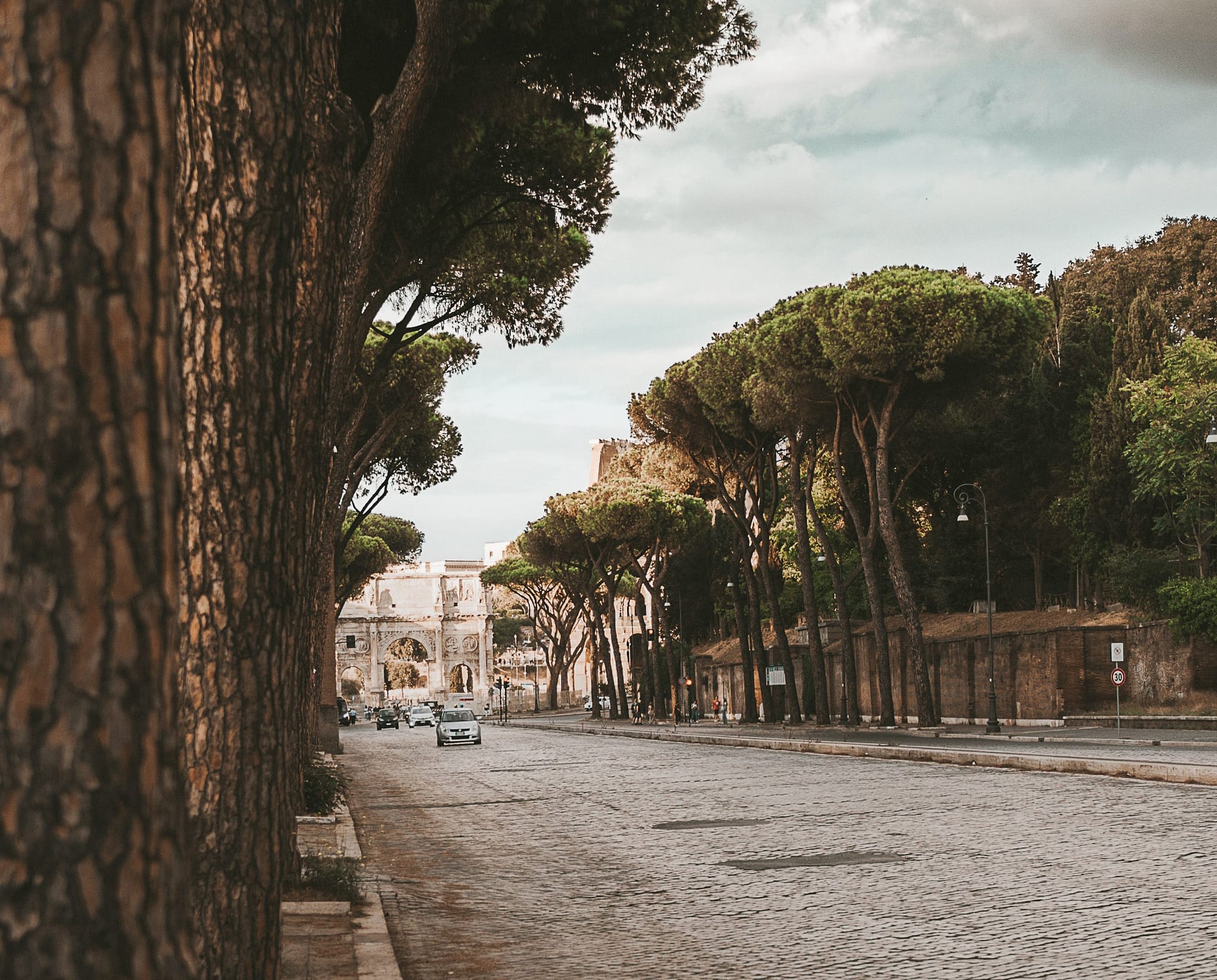
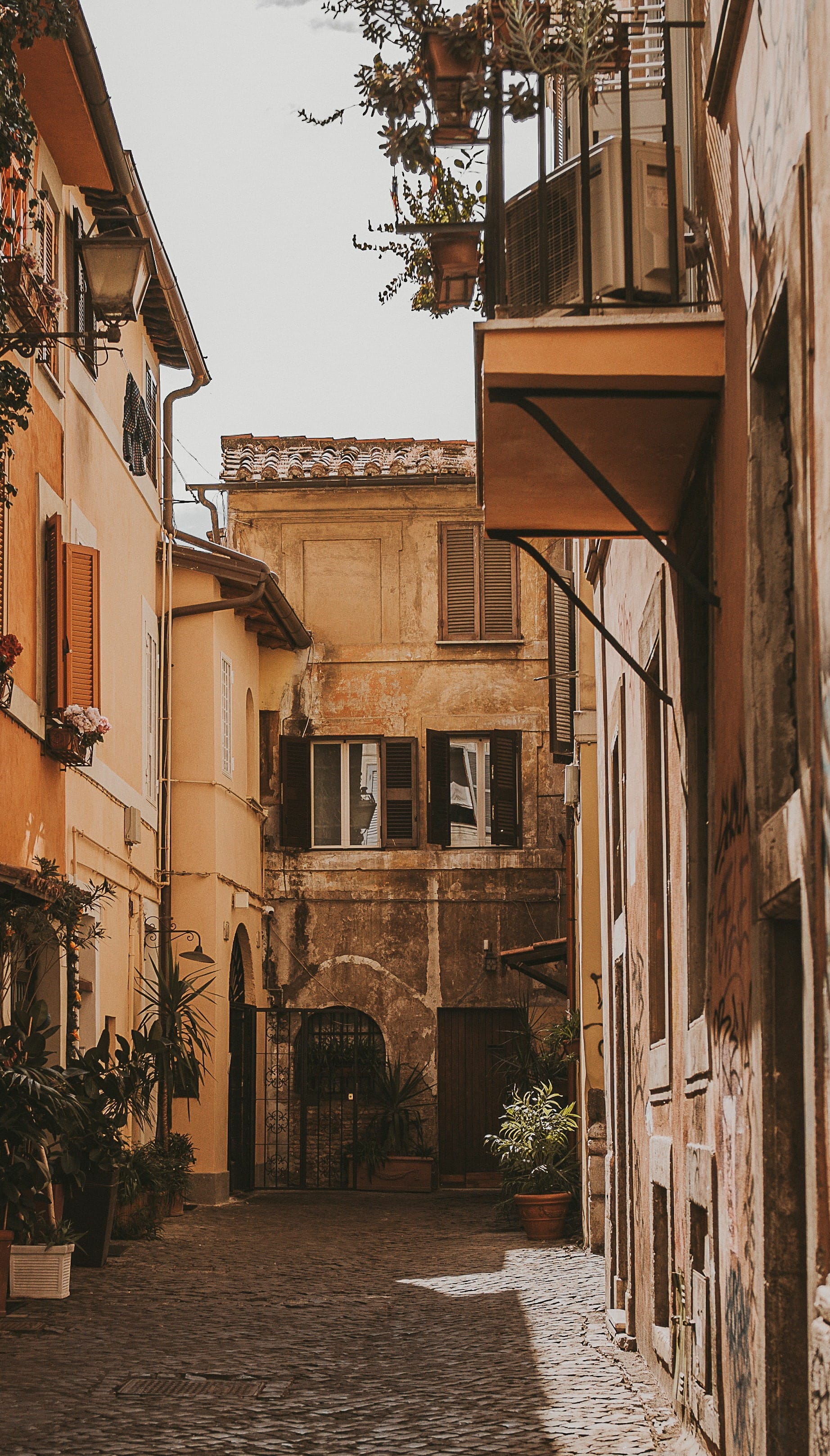
Scenes of Rome. Photos by Maëva Vigier
Day 3 The route of marvel
Piazza San Pietro is the starting point of the day, amid the amplitude and harmony of its design and forms. From there, walk to Castel Sant’Angelo, and get a beautiful perspective by crossing through its bridge, Ponte Sant’Angelo. Into the city center, walk to Campo de’ Fiori, the famous square with the flower, fruit, and vegetable market. Walk towards Via Giulia, crossing the Arco Farnese and then south along the Tiber River until the Isola Tiberina comes into sight.
The urban island leads to Trastevere, the lively neighborhood where stopping at Trapizzino is always a great idea. Walk through its alleys, through Piazza di Santa Maria in Trastevere, and up to Piazza di San Pietro in Montorio, in search of the hidden Tempietto del Bramante. A few steps away, la Fontana dell’Acqua Paola is a monumental fountain to make a pause before arriving at the top of Gianicolo hill. It offers an extraordinary view from the terrace of Piazzale Giuseppe Garibaldi, as well as a midday roar of a cannon each day. Yet, at sunset, it becomes one of Rome’s best views.
Certainly, three days—or a lifetime— is never enough to see everything Rome has to offer, but through these routes, you’ll surely gain a feeling of what the eternal city is about. These itineraries were conceived for walking, wandering, and stopping at any place that catches your attention along the way—grab something to eat as you get hungry and keep exploring. If, instead, you’d like to go inside any landmarks close to these places, such as the Vatican Museums or the Colosseum, consider planning and carving ample time to embrace the moment thoughtfully. Since there is no better way to explore a city than through mindful presence. We hope you enjoy this beautiful and always surprising city, bella Roma!
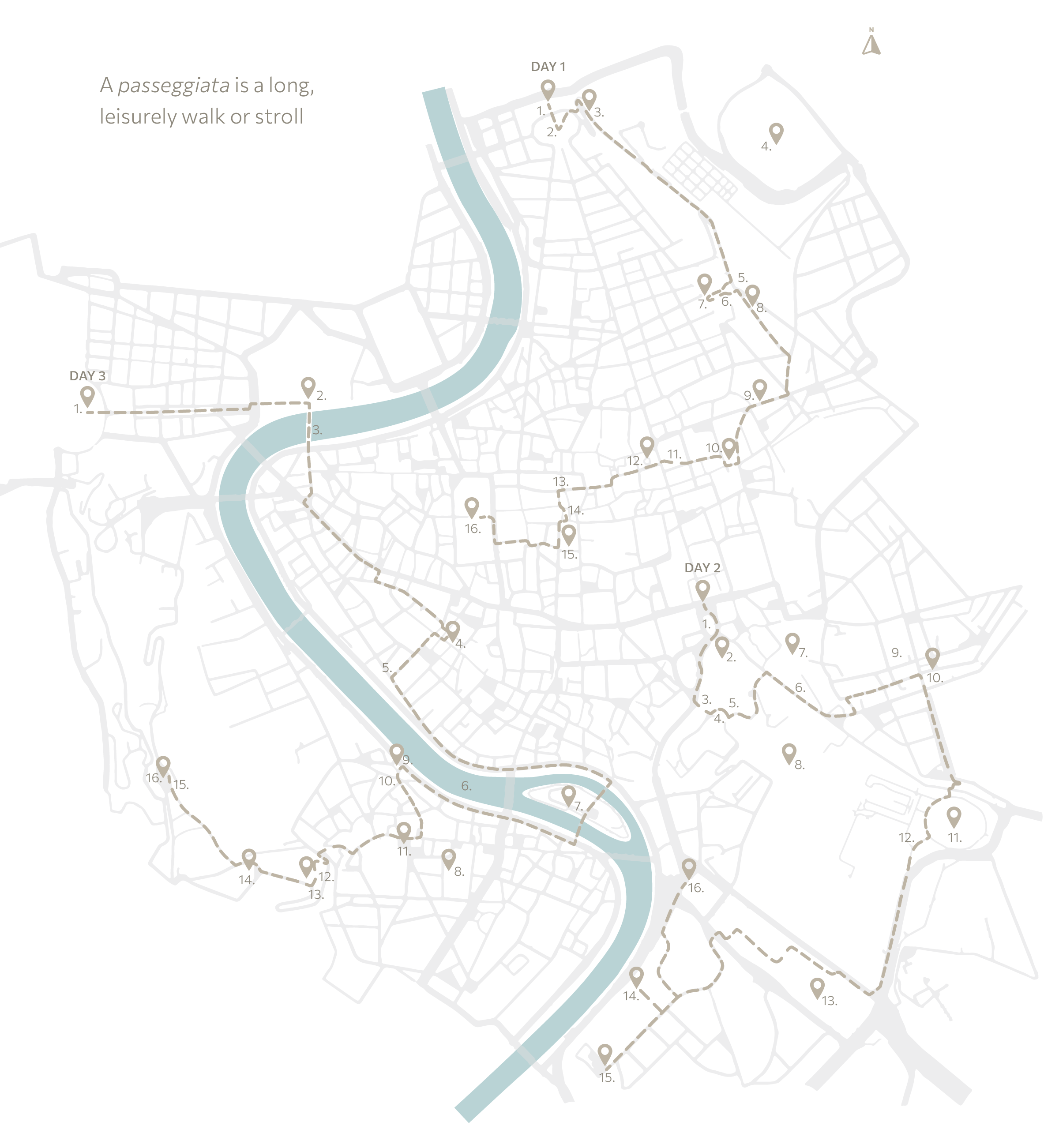

A version of this article appears in print, in Issue 1 of Álula Magazine with the headline: “Una Passeggiata a Roma, Three Day-Itineraries to Wander Through the Most Beautiful Corners of the City”.

